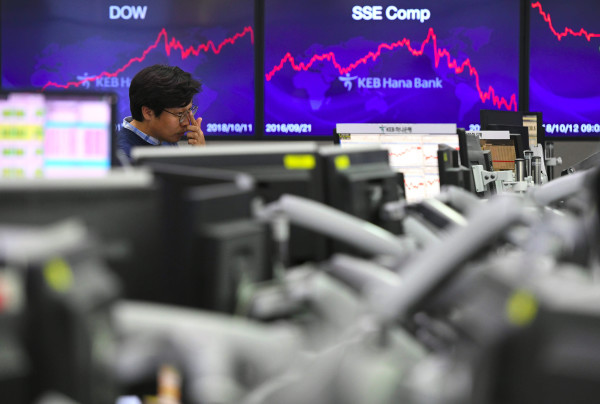Central banks face an economic war on two fronts in 2022. Inflation is back, while growth has slowed following the post-lockdown rebound.
Policymakers face pressure to address rising prices, but they cannot allow real interest rates to go too high due to large overall debt levels and will intervene to prevent this if necessary. This should mitigate the risk of a fall in bond prices caused by rising yields.
Different parts of the world are relaxing Covid-19 restrictions at different paces. Asia Pacific countries have continued with a more cautious approach as western nations have reopened. The result has been a rebound in demand for goods made in Asia without an increase in supply to match it.
These supply chain issues are weighing on economic growth and fuelling price increases, as are rising energy prices and labour shortages in key industries. The result is a stagflationary dynamic, with growth disappointing expectations and inflation creeping higher than many anticipated.
Inflation is back (and here to stay)
The debate among policymakers and market participants throughout 2021 has been whether the current burst of inflation will fade once the pandemic disruption subsides, or whether instead it will become a new feature of the post-pandemic economy.
While pent-up demand and supply bottlenecks, the underlying drivers of the current inflation spike are transitory in nature. There are also other, more persistent factors that are likely to drive inflation to a higher equilibrium than investors have been used to.
One of these is minimum wage increases in the US.
Social and government policy trends are combining to incentivise employers to offer higher wages for the lowest paid jobs, particularly in areas such as hospitality.
These trends are unlikely to abate in the near future and could spread to other sectors in the US. Depending on the sector, a substantial proportion of wage rises will be passed on to consumers, especially in low margin businesses like restaurants.
The bullish US real estate market is another factor likely to support more persistent inflation. Millennials have started moving into the peak age for household formation while mortgage interest rates remain low, creating sustained demand for housing. This demand is meeting constrained supply, with the stock of single-family homes – the type most likely to be bought by first-time buyers – at a 40-year low.
A third factor that suggests inflation is unlikely to be transitory is the transition to net zero. An effective response to climate change will require putting a price on carbon emissions, among other things. It is unrealistic to expect this will not impact inflation.











